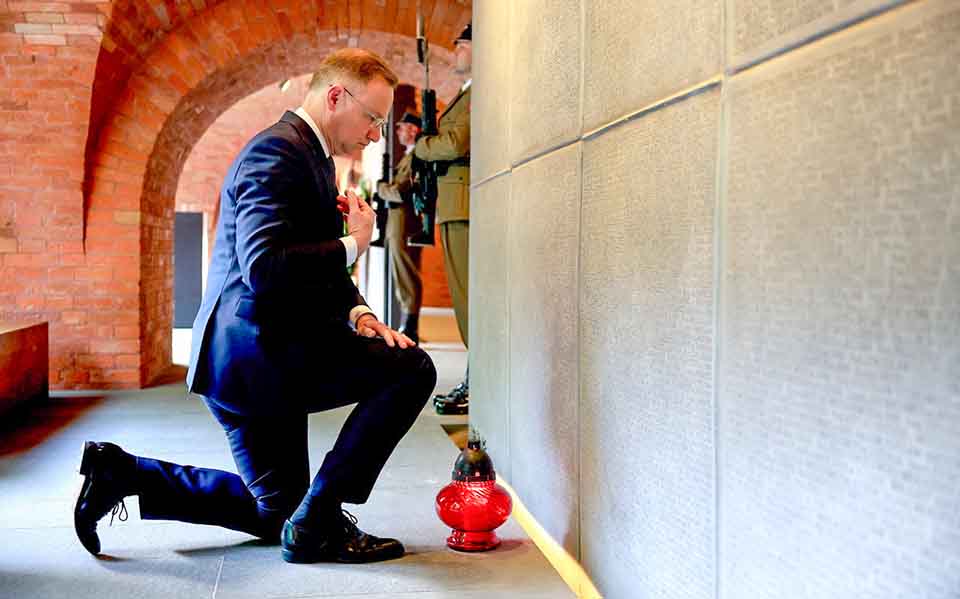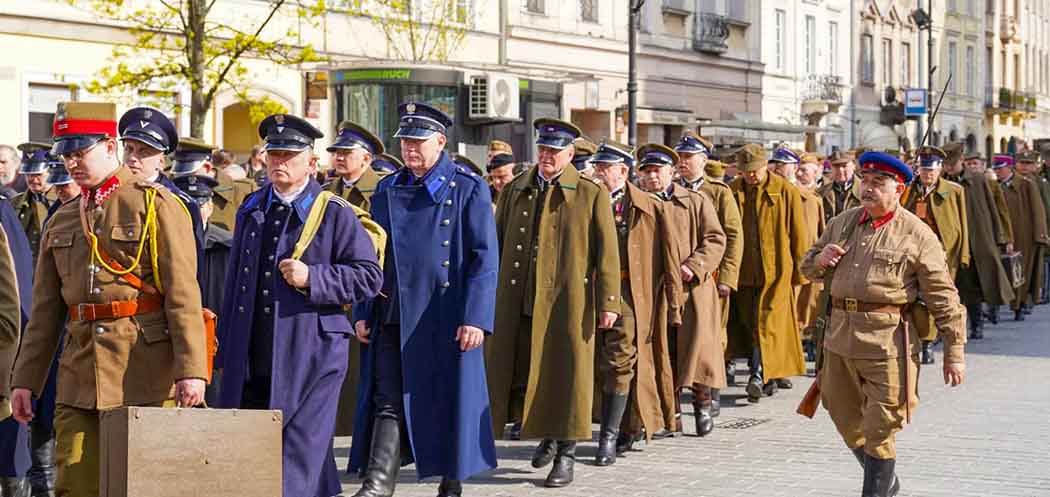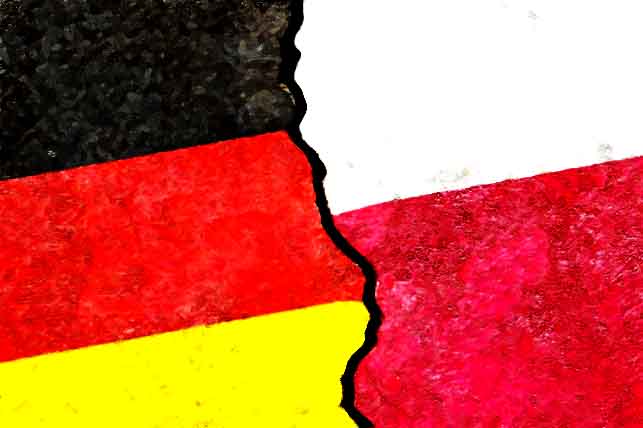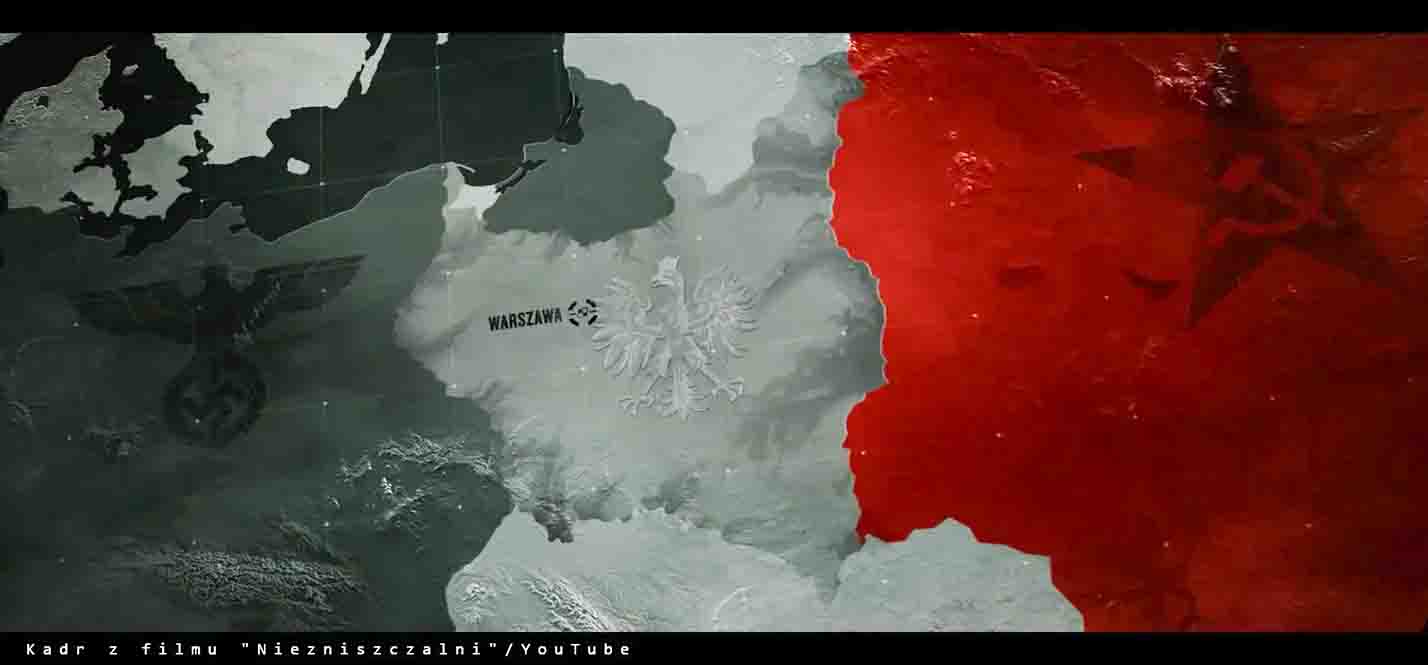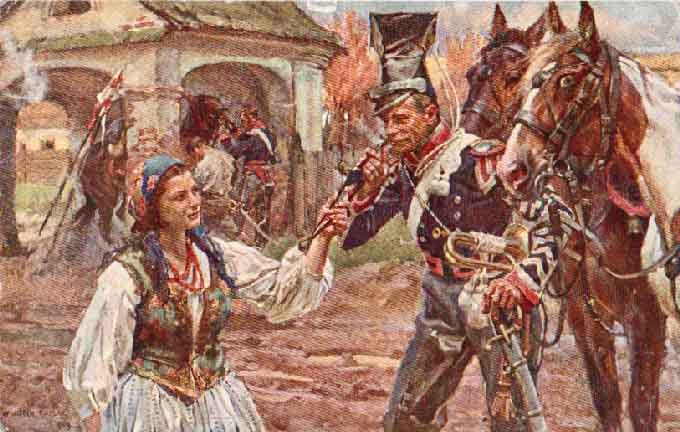It is impossible not to start with the Soviet state's failure to implement the financial provisions of the Peace of Riga (March 18, 1921) and by a long shot. And yet the government of Soviet Russia signed them voluntarily. Subsequently, the Soviet state participated in the partition of the Republic of Poland in September 1939, about which there is no need to remind Poles if not most foreigners. Fulfilling the commitments made under the Molotov-Ribbentrop Pact, the Soviets invaded the fighting Poland on September 17, 1939. They managed to seize 56 percent territory of the Polish state with 13 million people.
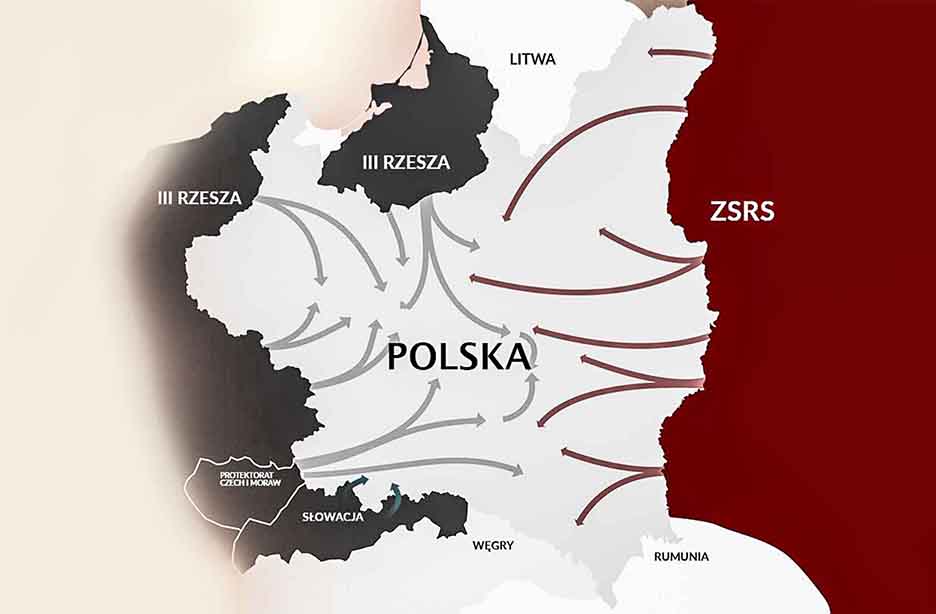
The attack of Germany and the Soviets in 1939 (PolskieRadio.pl/edit A. Woźniewicz)
The eastern territories of the Polish state became a true laboratory of sovietization. Full range of instruments of this process were used — physical and psychological terror, ethnic cleansing, mass deportations, executions. The Soviet policy of extermination in the eastern territories of the Republic of Poland, occupied in 1939–1941, remains generally known. Over the last thirty years, it has been repeatedly reconstructed and subjected to thorough analysis.
The first question is whether the general participation of Stalin and his government in the incorporation of the western territories to some extent counterbalances the criminal seizure of the eastern territories and their sovietization. This cannot be said, because this was the formula of compensation adopted by the Anglo-Saxon powers (the United States and Great Britain) and it was their leaders who proposed to the Soviet side in Tehran to "shift Poland to the west". Prime Minister Churchill pictured this with matches on the table during a discussion with Stalin in Moscow in October 1944.
However, the most important issue is human losses. Here, of course, what comes to the fore is what the Katyn massacre symbolizes, and I mean the mass murder of Polish soldiers, army officers, police officers and state officials. There were about 15,000 of them in the NKVD camps of Ostashkov, Kozielsk, and Starobielsk, to which more than 7,000 must be added. The death sentence by order of the Politburo of the Soviet party of March 5, 1940, brought the execution of 22,000. by order of the highest state authorities of the USSR. What is extremely important, such a verdict bears the signatures of the highest leadership of the Soviet state. This is unprecedented, as the criminal regime of the Third Reich did not issue such orders sanctioned by the signature of Hitler, or the government of the Reich. (The decision to exterminate the Jews was made — it can be assumed — without traces on paper, by verbal instruction).

Joseph Stalin and Joachim von Ribbentrop, Kremlin, Moscow, August 23, 1939 (Source: Wikipedia)
There are also mass deportations of people from the eastern territories of the Republic of Poland. As a result, at least 500,000 people were deported deep into the USSR. Of these, a significant number never returned to the country. An important item in the account of Polish-Soviet relations is the looting of the so-called Recovered Territories, which Poland received by virtue of a resolution of the Potsdam Conference (with Stalin playing a major role). On January 8, 1945, the Council of People's Commissars of the USSR passed a resolution regarding war gains.
On its basis, "trophy brigades" were created, whose task was to collect loot in the areas "liberated" by the Soviet army. This was the sanctioning of organized looting. These troops, numbering in total up to 100,000, looted everything that could be transported to the USSR — from cattle, to equipment of industrial plants. According to estimates, by the beginning of August 1945, the Soviets had transported over 200,000 railway cars from the Recovered Territories. According to the data of the Central Statistical Office of Soviet Russia, 1,119 enterprises located within the borders of post-war Poland were dismantled and transported deep into the Soviet Union. Poland received the western territories, but they were severely plundered.
One of the important aspects of Soviet policy was the looting of works of art. Given the calculations of the Ministry of Culture and National Heritage, which estimate that as a result of World War II, Poland lost about 516,000 works of art, one has to ask how much of this was taken over by the Soviets.
In the context of the debate that has flared up in Poland after the publication of a much-needed report on war losses suffered as a result of German aggression and criminal occupation, it seems obvious that the time has come to start work on preparing estimates of losses as a result of Soviet actions. The problem with counting the losses inflicted by the Soviets will be much greater than the one faced by the members of the Parliamentary Team for Estimating the Compensation Due to Poland from Germany for the Damage Caused During World War II.
The first and greatest challenge is the lack of such data as those produced by the War Reparations Office at the Presidium of the Council of Ministers of the People's Republic of Poland (PRL, Polska Rzeczpospolita Ludowa), which — for obvious reasons — were not collected. Calculations on the war losses incurred as a result of the Soviet activity on Polish lands were carried out by the Polish government in exile. Human life is not subject to material valuation, so it is difficult to expect that reparations calculations will cover this category. However, one has to remember about it. In the understanding of international law, the doctrine of succession of states is always in force, so modern Germany is the successor of the Third Reich, despite ideologically distancing itself from such continuity. Compensation for wrongs done by a given state in the past falls on its present successor. Modern Russia, unlike the German side, considers itself unequivocally the heir of the Soviet Union — both legally and ideologically. It can be observed that the leadership of today's Russia proudly refers to the "accomplishments" of Soviet Russia.
It is not difficult to guess that in connection with the publication of the report on Polish reparation demands, Moscow will respond with a demand for payment for the "liberation" of Poland in 1945. The answer must be that the Red Army brought us slavery. The Soviet soldier could not bring us freedom because he himself was not free. Soviet rule over Poland lasted 45 years. Initially, it meant complete, colonial incapacitation — over time, it meant the rule of the PRL regime in a "national" costume. I have no doubt that the Russians will certainly talk about the "charity" of this dependent statehood in this regard, and Polish left-wing historians, rewriting the history of "People's Poland", are preparing the ground for justifying such a thesis.
If I understand correctly, the report on the losses suffered at the hands of the Germans was not written with the thought that it must be successful. Rather, it was a moral duty to one's own society. They wanted to say that Bierut's decision of August 1953 did not reflect the position of the nation, but was a step taken at the behest of the Soviets. Looking at the losses caused by the Soviets in this way, one should expect a similar calculation, without any political calculation, whether we have a chance to achieve anything or not.
Translation from Polish by Andrew Woźniewicz.





